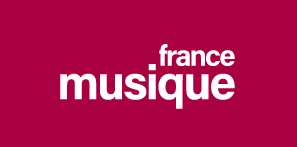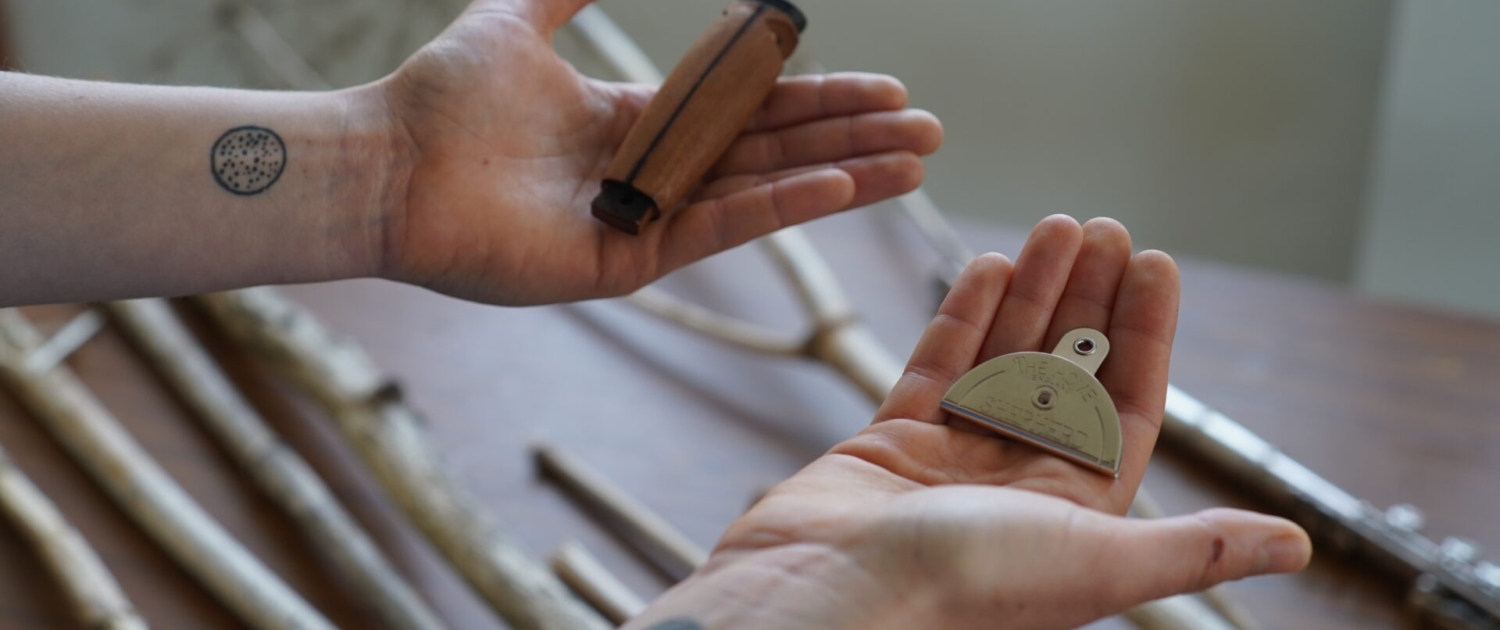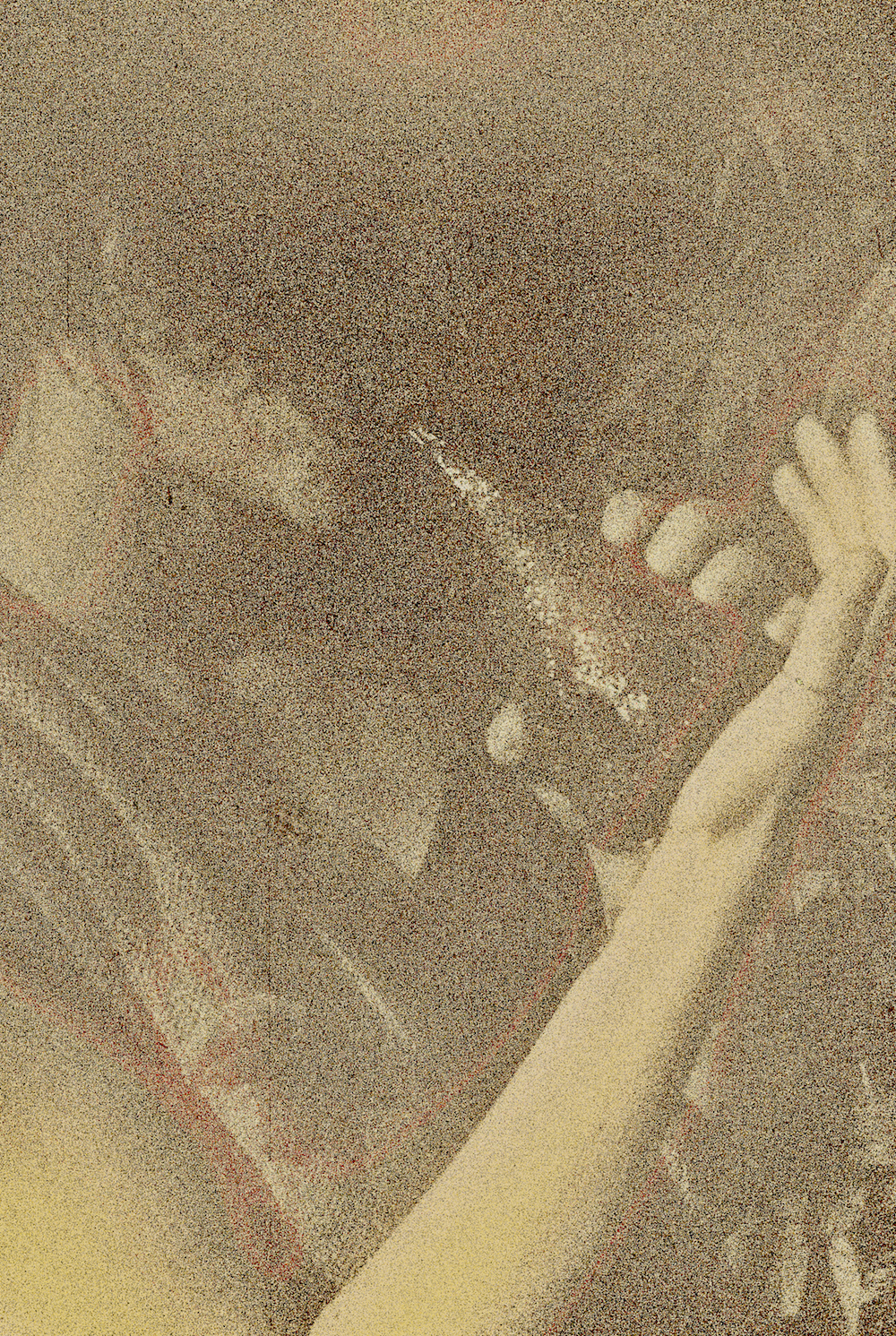The Alien Kin
Diane Barbé & friends
various locations
ongoing
The Alien Kin is an experimental research and sound-performance project that uses selfmade instruments, voice and processing to explore the sonic words of bogs, meadows and imaginary places. It has been running since march 2022, delving into bird calls, biomimicry and interspecies communication. The project has taken many different shapes and continues to grow
Working in the temperate Black Forest at the border between Germany, France and Switzerland, I became particularly interested in little sound devices usually called bird whistles or game calls in English, appeaux (“caller”) in French, and Wildlocker or Lockjagd in German. Game calls are most often wind instruments that use fipples or reeds to resonate hollow cavities, but they also include rattles, twisted pegs, membranes, and other ways to produce and amplify sound.
Little by little, I started to craft a collection of these sound devices: copper fipples, spruce recorders, “screaming” whistles, lamb bone edge flutes, rubber membrane geese callers… Toward the end of the residency, my collaborator Joe Summers joined me in Sankt Georgen to help produce some of the other bird calls, particularly those requiring small fipples in the copper tubes. With the exception of the copper tubes, all other materials were either found or recycled. We chose to associate timbres and frequencies in ways that felt non-intrusive, inspired from Bernie Krause’s niche hypothesis in which different species vocalise in different frequency ranges and different rhythmical patterns to avoid interference and masking.
In ensemble performances, the core question is one of synchronicity and dialogue: the device are simple (usually no more than 2 discreet pitches), loud and high-pitched, similar in timbre, and usually wind instruments, which has immediate rhythmical implications since the players need to breathe. It is crucially interesting to wonder –at what point does a chaos of tweets start to feel like a meadow in the woods? When do we begin to “feel” patterns and imagine other bodies, other temporalities?
“Did imitative calls of other species assist our ancestors in hunting? . . . When exactly was it that a person was so adept at producing a call during a hunt that he was asked to do it again for the entertainment of others or taught it to his children as a life-skill?”
– Ian Nagoski, Ecstatic & Wingless: Bird-Imitation on Four Continents, ca. 1910-44, released October 2016, Canary Records
The oldest fossils all reveal organs dedicated to making and receiving sounds, pointing to the crucial importance of listening and uttering in evolutionary processes. Research in anthropology and archaeology has extensively investigated the origins of sound-making practices in humans and other species, be they accidental, aesthetically-driven, or simply serendipitous; and some studies on the oldest known wind instruments (40,000 year old bone flutes) seem to imply that they may have been game calls, for deer or birds.
Whether considering the hunter who can imitate bird calls to attract them, or the vocal learning abilities of nightingales who pick up new songs throughout their entire life, the acoustics of particular ecosystems influence all musical practices. And when considering mimicry (a broader term that may include inaccurate, failed or misleading imitation), we are in fact dealing with deception—with the capacity of natural forms to create confusion, a playfulness at the thresholds of coherent analysis.
Timo Maran, in Mimicry and Meaning, points out that the “ability to perceive something as something else appears to have a strong linkage with illusion, belief, magic . . . and imagination” (2017). He insists that mimetic relations need to be understood not in general, but rather as a specific relation between three individuals (the mimic, the model, and the receiver, all linked through the mimetic sign). In this sense, sound mimicry should be understood more as “a multiplicity of things related by family resemblance rather than as a monolith,” according to the musicologist Emily Doolittle (Other Species’ Counterpoint—An Investigation of the Relationship between Human Music and Animal Song, 2007), or indeed as a game, driven or not by direct intentions.
For me, working with game calls is therefore at a crucial intersection that helps understand the kinds of relations that have been woven between humans and animals –hunting, sanctifying, revering, communicating, sacrificing. Doing so through sound, following Milla Tiainen, reminds us of the “distinctive capacity of sound to emerge in and establish relations.” (Milla Tiainen, “Sonic Technoecology,” Australian Feminist Studies 32, 2017).
 Podcast on L’Art de L’Écoute, Radio Grenouille
Podcast on L’Art de L’Écoute, Radio Grenouille
L’Art de l’Écoute is a long-standing evening of listening and experimental music, proposed by JB Imbert at Radio Grenouille, which is Marseille’s oldest and most diverse radio station. In this podcast, we talk (in French) about the first album of the Alien Kin: The Avian Kin, about to be released on tape and digital in November 2023, along with other questions related to mimicry, collective music, and field recording.
 Podcast on L’Expérimentale, France Musique, Radio France
Podcast on L’Expérimentale, France Musique, Radio France
L’Expérimentale, a France Musique podcast by François Bonnet, invited me to discuss biomimicry, intersspecies communication and polyphony. With music by David Rothenberg, Ann McMillan, Joan LaBarbara, Pablo Diserens, Bernard Fort, Maria Teresa Luciani, the Albanian polyphonic group Famille Lela de Permet & more (22 January 2023, 1h).
 Interview on Fifteen Questions
Interview on Fifteen Questions
Fifteen Questions is the world’s first music magazine about music itself. By talking to some of the leading artists of our time about their perspectives, processes and approaches, we aim at building an extensive archive documenting one of music’s most turbulent and exciting eras. In this interview I talk about field recording and listening practices.
 “I CALL, YOU RESPOND? Game Calls, Hunting and Sound Mimicry in the Black Forest”
“I CALL, YOU RESPOND? Game Calls, Hunting and Sound Mimicry in the Black Forest”
published in Pulse Journal, vol. 9, 2022 (FASCINATING NOISE: SOUND IN ART AND SCIENCE).
Pulse: the Journal of Science and Culture is an online, open-access, peer-reviewed journal, affiliated with the Central European University, Hungary. The journal’s aim is to become an innovative academic platform that fosters a dialogue between science studies and humanities, or science and culture, broadly taken. It therefore spans academic disciplines such as history, sociology and philosophy of science, cultural studies, medical and digital humanities, animal and environmental studies, cognitive studies, and extends to include diverse cultural media, such as fiction, film, performance, music, and other.




